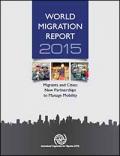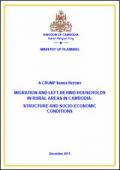Publications on Migrants

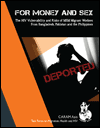
In this research, the Coordination of Action Research on AIDS and Mobility in Asia (CARAM Asia) has focused on a group of migrant workers who are especially vulnerable to HIV: males who have sex with males, otherwise known as “MSM.” MSM migrant workers suffer multiple layers of stigma and discrimination, which, in combination with the risky sexual behaviors they engage in heightens their risk of HIV infection.
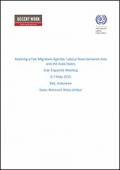
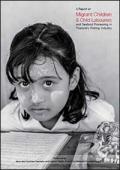
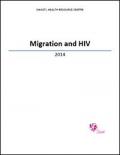
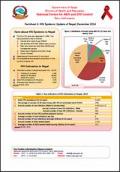
-The first HIV case was detected in 1988. The key populations are as follows:
People who inject drugs (PWID)
Sex workers and their clients (Male and Female)
Men who have Sex with Men (MSM) and transgender people
Male Labor Migrants and their wives
Prison Inmates
- Heterosexual transmission is dominant
- HIV prevalence among adult population in the country is below 1%






